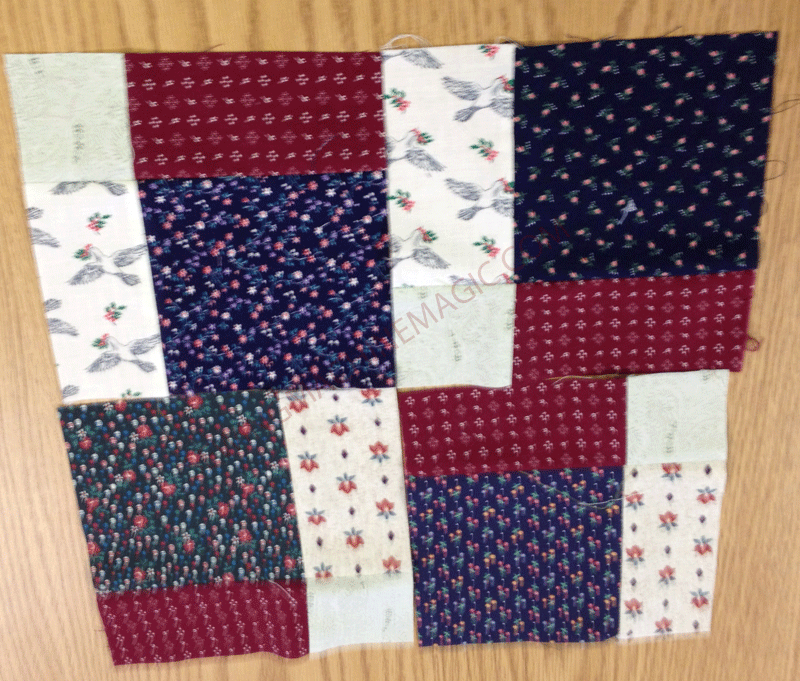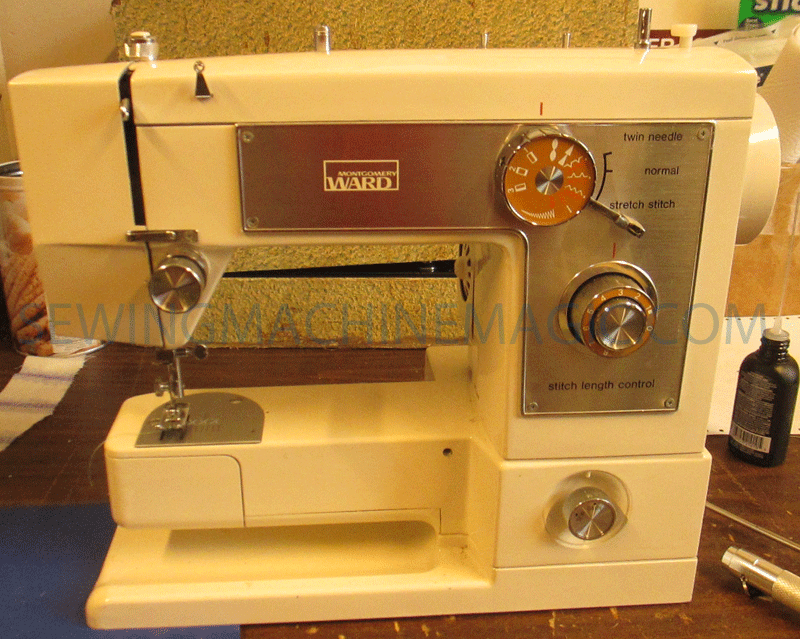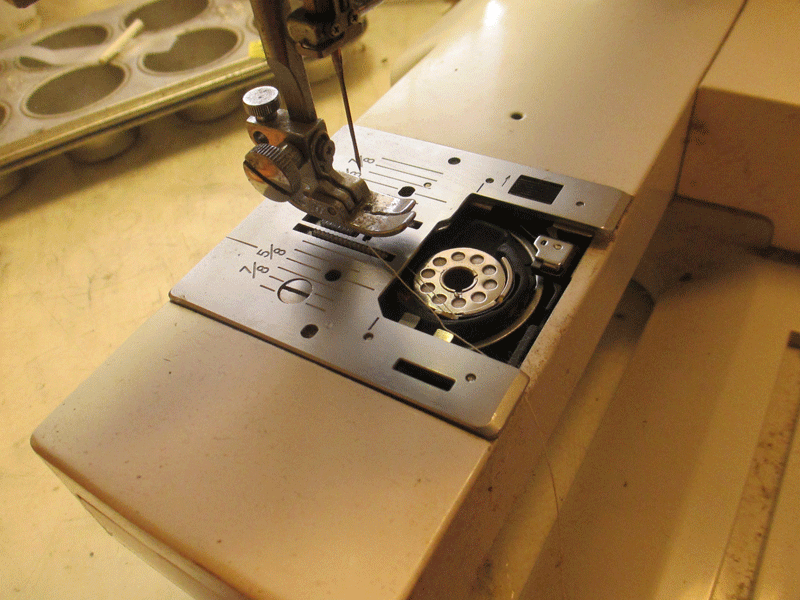I am climbing the machine quilting learning curve.
I have quilted one queen size quilt and a throw on a smaller Grace Machine Quilt Frame. I sold it last summer. That was a good thing. I don't need two frames. I bought a larger frame, The GMQ-Pro, four years ago just before I bought the Bailey. Both frames are made by The Grace Company right here in the wonderful US of A. I paid full price for the smaller frame 11 years ago. I used it several times. It worked well, though required many steps. I quilted a queen sized quilt on it and had to turn the quilt mid way. I hated that. I used three different machines on it; the Viking 6440, a White Jeans Machine and, my fave, the Singer 66. Turning the quilt mid way was a PITA, so I bought the larger frame; the GMQ-Pro. Lucky me I found it used in New Jersey. I upgraded to the Professional Carriage and was ready. Then SMAD hit. You know the story...
Despite getting the machine set up on the frame and the carriage,
I took the machine off the carriage. There is a bit of a warp to the top carriage. Lucky for me I kept the original wooden one. I dug it out and spent the morning setting it up. It took me a while to locate the parts. There are some wooden handles that attach to the carriage but I couldn't find them (I did fined them later, hanging on the wall). I was able to find the PVC handles that attach to the Bailey itself and just decided to give them a whirl. I had rejected them originally because I thought there was too much flex to control the machine correctly. NOT SO. Worked great. Plus, the set up looks neater without those imposing handles. True I don't have the extra light but the cord was yet another wire to get in the way.
I managed to get some decent stitches with the meandering pattern that I have used in the past. I want to develope other skills, though. Pantographs and flowers. Meandering is a bit boring.
See those ghost holes in there? That results from running the machine with no thread. Practice. The Sew Control is working pretty well here. This device keeps the stitch length the same, despite how fast I move the machine. I had to re-install it on the wooden carriage
There are two sensors. The one for the horizontal control is on the bottom carriage. The sensor must be positioned properly on the plastic track or it WILL NOT WORK.
I discovered that I had improperly installed the sensor originally. I fixed it and hopefully now it will be more consistent in delivering stitches.
Machine quilting on a frame involves many more variables than FMQ on a table. I enjoy it when it goes well. I know that I can do it. I have done it in the past. I am sure that some how I will figure it out. Someday. Hopefully soon.
I think, though, that Steven had the most fun today. He had a chance to play with the Kubota moving gravel. Yes, it is April 30. Yes he is wearing gloves, an insulated sweat shirt and a hat. It's our climate.
Wrigley doesn't care about the cold.














































